What kind of Rosa Coffee does Rosa Coffee come from Coffee Gene Bank and Panamanian Rosa Flavor
Professional coffee knowledge exchange more coffee bean information please follow the coffee workshop (Wechat official account cafe_style)
For more boutique coffee beans, please add private Qianjie coffee on Wechat. WeChat account: qjcoffeex
Rosa coffee is a member of Arabica (Ethiopian strain) and originated in the Ethiopian region of Africa.
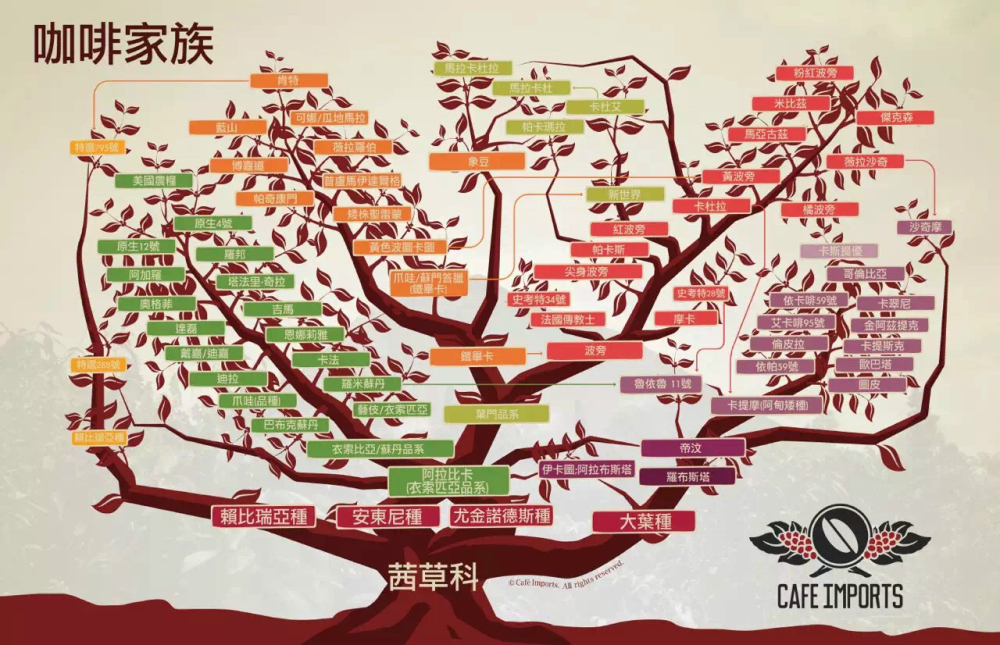
Although the rose variety came from Ethiopia, it became famous in Panama. When coffee fans all over the world praised Rosa, a group of coffee-loving dreamers returned to its origin, looking for its roots and trying to grow Rosa beans of the same quality here.
Although they are both rosy summer coffee grown in Panama / Central and South America and Ethiopia are actually two different varieties.
According to the comparison of Qianjie coffee, it is found that whether it is from Panama or other Central and South American varieties, the flavor of this variety is characterized by delicate sour fruit, floral aroma, sweet caramel and tea, while the flavor of rose coffee from Ethiopia is citrus, almond and tea.
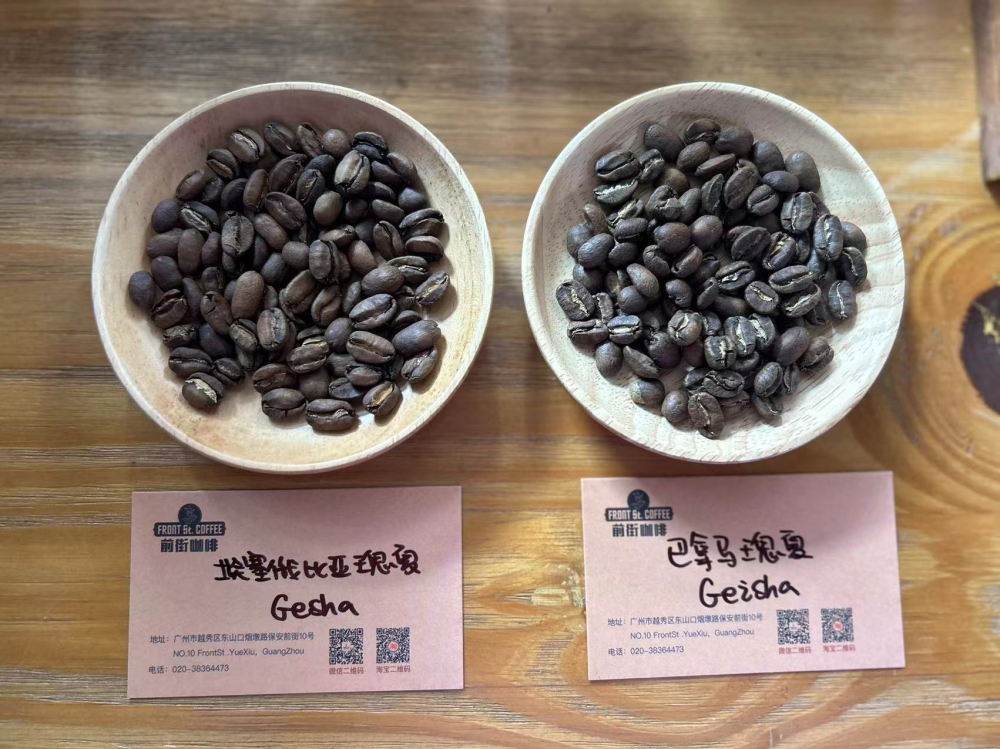
Overall, the overall performance of Ethiopian rose summer coffee varieties is not as delicate and rich as Panama / Central and South America. For this comparison, Qianjie Coffee flipped through a large number of coffee books to understand the reasons.
It turns out that there is not much relationship between the rose summer of Panama / Central and South America and the rose summer of Ethiopia, that is to say, they are two completely different varieties. It can be noted in many official documents that the rose summer in Central and South America is spelled Geisha, and the rose summer in Ethiopia is spelled Gesha. The difference between an English letter is not an accidental mistake, but a deliberate distinction between the two.
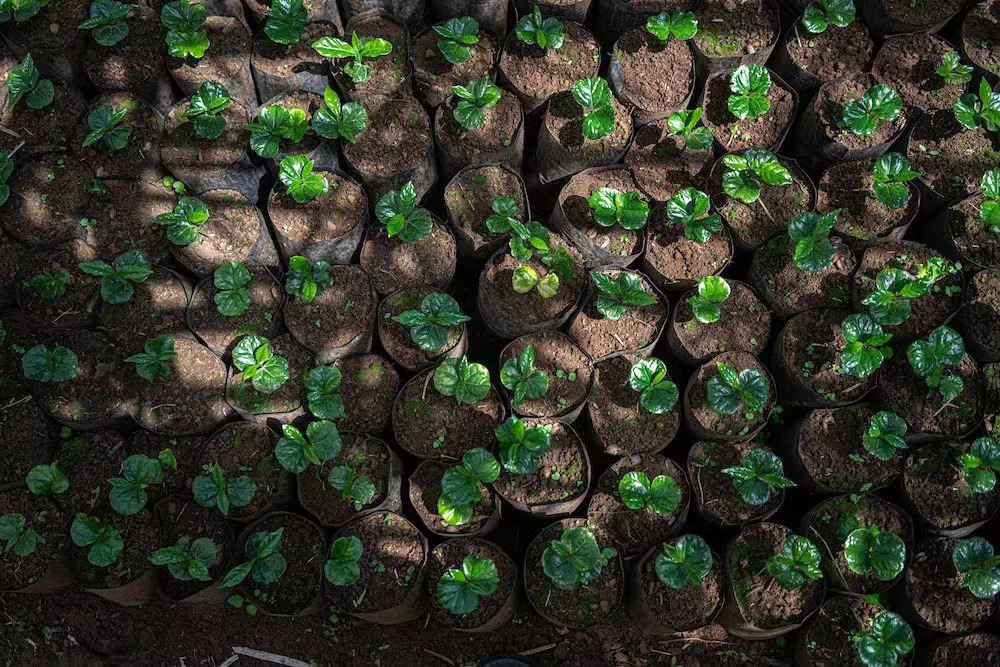
According to documents, the source of Rose Summer that became famous in Panama was a variety purchased by a British colonel in 1931 in a region called Gesha in Ethiopia and the surrounding market marked "Gesha" and then mixed and mailed to British plantations in Kenya.
At that time, the mixed coffee plants were used as research varieties, and many Geisha strains with different genes were bred, while the Rosa variety T2722 became famous in Panama. After years of artificial cultivation and the continuous natural evolution of the plant itself in order to adapt to the local environment, these exquisite coffee flavors were produced by mistake.
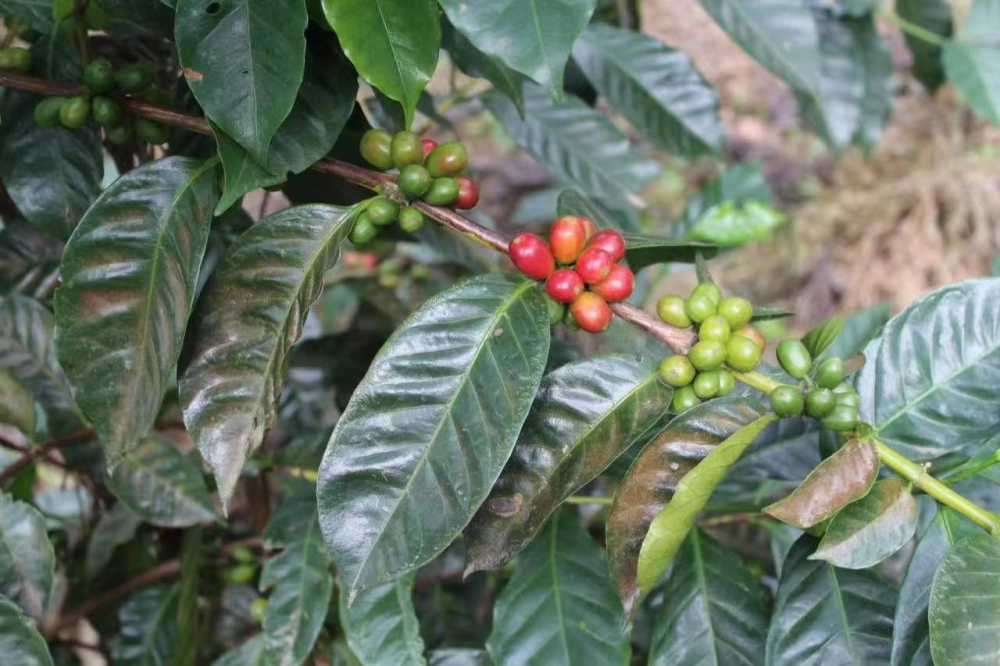
The Gesha in Ethiopia comes more than a decade ago when people returned to the Gesha region to look for wild varieties with the same roots in Panama, hoping to plant a replacement, so in order to make people pay more attention to this later variety, they named these wild species Rosa after the region.
Since it has only been discovered and studied in recent years, the flavor of rose summer in Ethiopia has not yet been "tamed" by human beings and the local soil of different regions, so the flavor is closer to that of the native varieties in Ethiopia. The overall flavor is completely different from that of Panamanian rose.
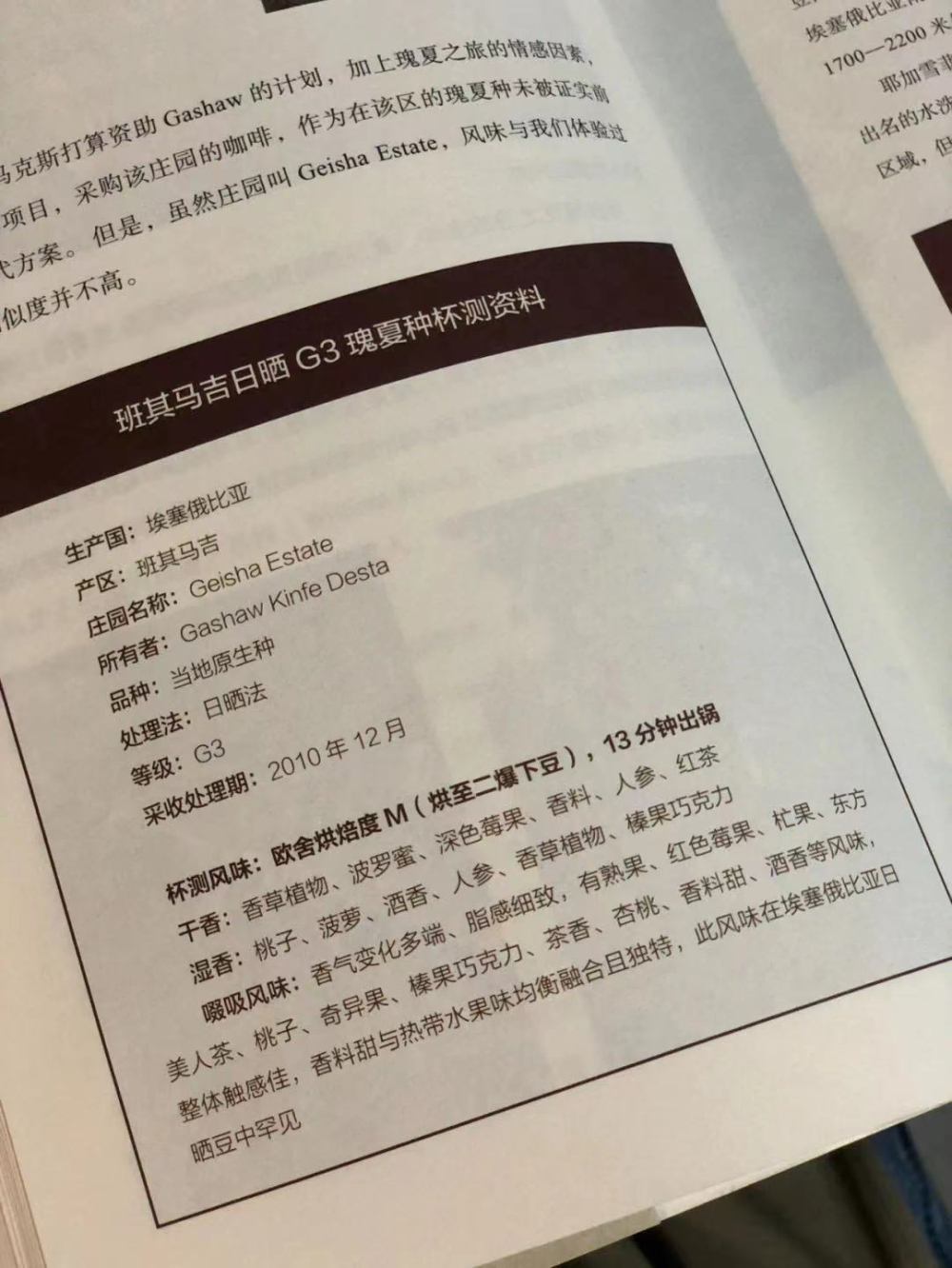
Among the Rosa beans currently sold in Qianjie Coffee are native Rosa beans from Rosa Village in the Banguimaki region of Ethiopia, with the gold mark, red mark and Chaka chaka of Rosa Village, respectively.
Qianjie Coffee Guixia Village Jinbiao uses the Gesha1931 variety of oma Omar area, which has the flavor of berry, chamomile, cantaloupe and tea. The red standard of Ruoxia Village uses Geri gesha variety, with the flavor of citrus, plum, cream, tropical fruit and fermented flavor. Chaka in Ruoxia Village uses Gesha1931, Geri gesha and IIIubabor, with lemon, berries, honey, cream and oolong tea.
The Rose Summer from Panama has the sun red label, the washing green mark of the Jade Manor, and the Rose Summer Coffee beans from the Pokuit region.
Qianjie Coffee Jade Manor Sun Red Rose Summer Coffee beans come from the Mario plot, with full sweet and sour berries, rose aromas, tropical fruit fermentation and black tea-like sweet flavor. Jade Manor washed green roses summer coffee beans show a flavor of jasmine, ginger and other white flowers, citrus refreshing acidity, Tieguanyin and honey aftertaste The flavor of washed Pokuit Rosa coffee beans is as sour as citrus, sweet as roasted sweet potatoes, white flowers and green tea.
Important Notice :
前街咖啡 FrontStreet Coffee has moved to new addredd:
FrontStreet Coffee Address: 315,Donghua East Road,GuangZhou
Tel:020 38364473
- Prev

How does Costa Rican coffee taste? Costa Rica Milasu rose summer rare flower and fruit wine
Professional coffee knowledge exchange more coffee bean information please follow the coffee workshop (Wechat official account cafe_style) front street-Costa Rica Milasu Manor sun rose summer introduction the owner Esteban Sanches graduated from the Coffee Department of the Agricultural University of Costa Rica. The reason why he is a coffee farmer who is called a scientist is because he sees the species of coffee from a scientific point of view.
- Next

What kind of immortal conditions are needed in the place where rose summer coffee is produced
Professional coffee knowledge exchange More coffee bean information Please pay attention to coffee workshop (Weixin Official Accounts cafe_style) Qianjie-Guixia origin introduction After entering the 21st century, the wave of fine coffee swept the world. Instant coffee has long been a yellow flower, abandoned by consumers who are increasingly concerned about health; Starbucks, COSTA and other leaders in the freshly ground coffee market for decades are no longer only closed.
Related
- Beginners will see the "Coffee pull flower" guide!
- What is the difference between ice blog purified milk and ordinary milk coffee?
- Why is the Philippines the largest producer of crops in Liberia?
- For coffee extraction, should the fine powder be retained?
- How does extracted espresso fill pressed powder? How much strength does it take to press the powder?
- How to make jasmine cold extract coffee? Is the jasmine + latte good?
- Will this little toy really make the coffee taste better? How does Lily Drip affect coffee extraction?
- Will the action of slapping the filter cup also affect coffee extraction?
- What's the difference between powder-to-water ratio and powder-to-liquid ratio?
- What is the Ethiopian local species? What does it have to do with Heirloom native species?

